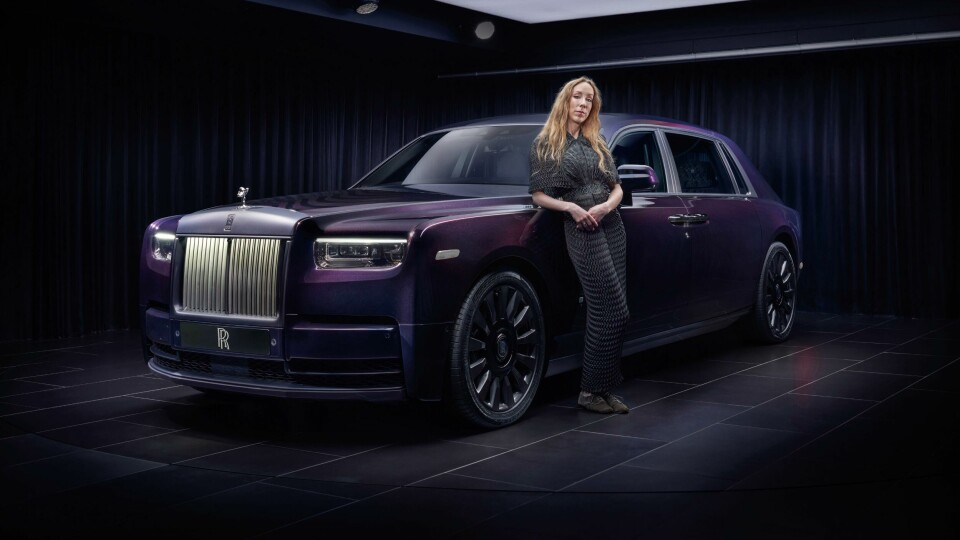
Feature: Car Design and Fashion
Fashion has always had an influence on car design and collaborations between the two are nothing new. But when individuals within those industries work together, with equal input and interest, the results can be spectacular. Interior Motives investigates a few recent high-profile examples…
Flicking through the annals of Interior Motives to find the last time this subject was covered in some depth – the March/April 2008 issue if you still have it – it has to be conceded that the introductory words to my feature entitled “Victims of fashion…” were somewhat cynical: “Fashion designer car collaborations are, with a few exceptions, ill-conceived desperate marketing ruses,” the article began.
“Usually the process starts with a car company in need of a makeover courting the latest designer label to do a ‘special edition’ of one of its ageing motors in the hope they can sprinkle some ‘designer fairy dust’ over it to make it less rubbish. Then the so-called ‘hot’ designer devotes almost no time to the project, sews their logo into the seat backs, makes a mess, takes the money …and runs.”
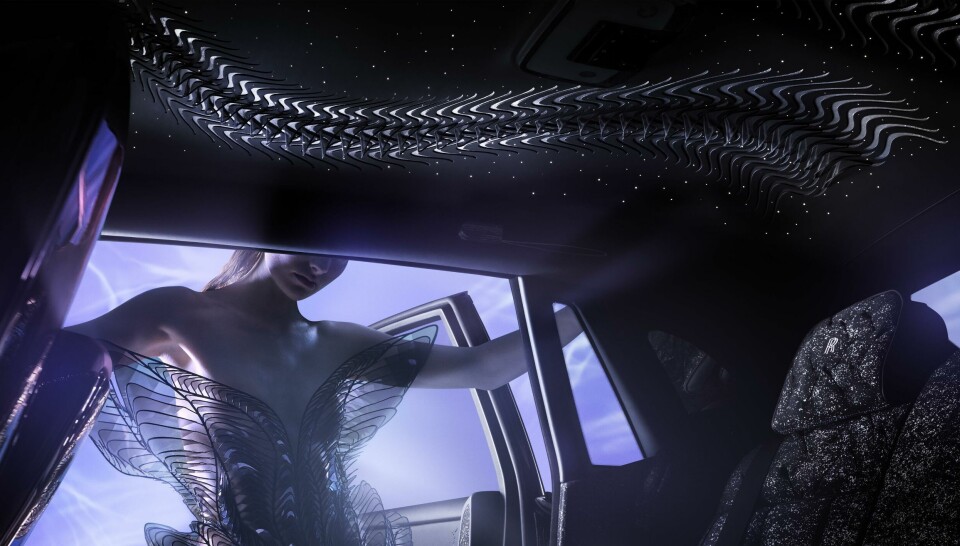
While these kind of sub-optimal interactions with the fashion world still occur – with the same dubious quality, short-lived, show car or ‘special edition’ results – in the last decade and a half, it appears that sections of the car design industry have matured and maybe even learned a few lessons in their approach to such potentially dangerous liaisons.
“The haute couture looks we create are designed to be kept for a lifetime too, like a fine piece of art, then often handed down to the next person in the family.”
A stellar new example is the Rolls-Royce Phantom Syntopia ‘one-off’ unveiled in March 2023. Created with Dutch fashion futurist and visionary Iris van Herpen, it features her intricate three-dimensional petal designs incorporated into the Phantom’s already-acclaimed ‘Starlight Headliner’ and ‘Gallery’ dashboard cabin features, among other delightfully-resolved interior and exterior details.
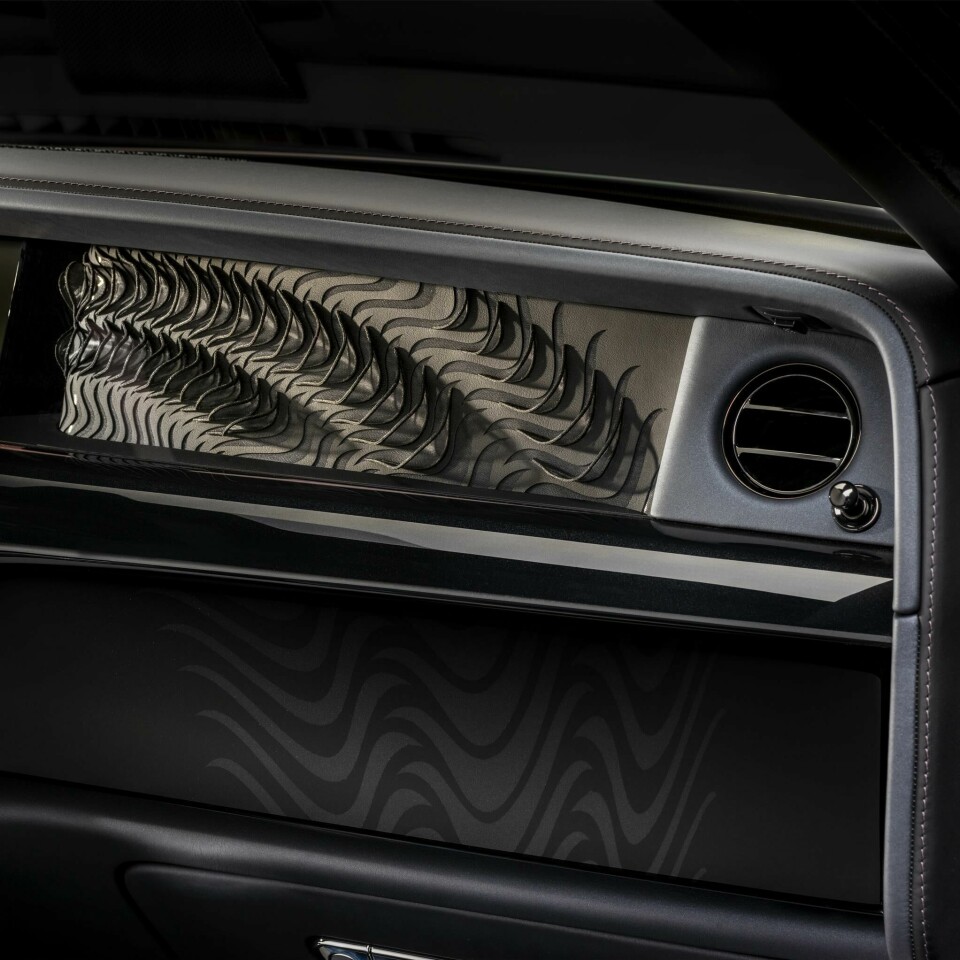
Of course, this is an example of haute couture rather than mass-market or even limited-edition upmarket fashion collaboration, so the budget is significantly bigger and the opportunities greater. But still, the way Rolls-Royce designers and van Herpen worked on the car – and convincingly talked about it afterwards – suggest both parties were more than happy to be in each other’s company and genuinely pleased with the creative results.
The reason why this particular partnership worked so well would seem to be because it started with a level of mutual respect and also similar views on product longevity. As van Herpen puts it: “The haute couture looks we create are designed to be kept for a lifetime too, like a fine piece of art, then often handed down to the next person in the family.”
Rolls-Royce colour and material designer, Celina Mettang, is certainly a fan of van Herpen – quipping at the press preview of the car that the fashion designer featured on the Rolls-Royce’s colour and trim design team’s mood board at least once a month.
“This was a match made in heaven as our two brands share so many common goals: instantly recognisable style, striving for perfection, commitment to excellence and the creation of rare, singular, tailor-made luxury,” Mettang enthuses. “When a revered patron of our brand approached us with an idea to create a motor car inspired by haute couture, we immediately knew who would be the perfect partner to bring this vision to life. The client loved the idea – and this is how the story began.”
“We engineered and hand-crafted the leather canvas with 995 fibre-optic stars and the glass organza petals were then hand-applied by Iris van Herpen’s artisans, who flew to Goodwood and spent two weeks meticulously attaching each laser-cut petal.”
Customer patience was also a virtue. As Will Gellatly, head of bespoke sales and marketing at Rolls-Royce points out, “the client had a will to wait.” This was helpful for a project that took four years to come to fruition and with a final price tag that – although undisclosed – was reportedly one of the top-two most expensive Phantom Bespoke cars ever made, which puts it in the multimillion dollar bracket.
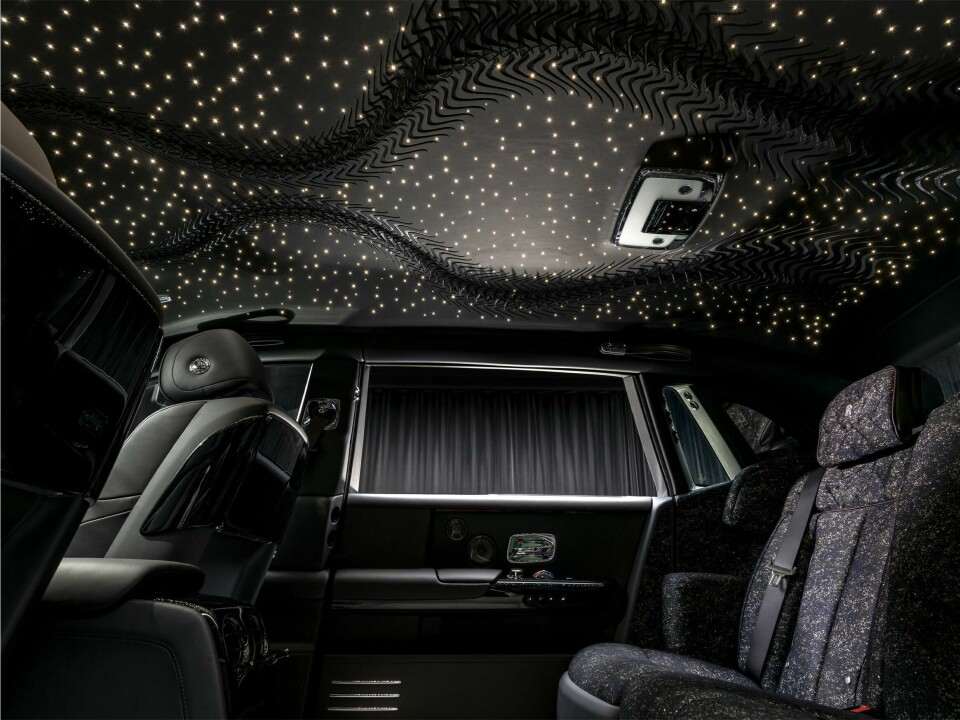
“Quite significant development time was required at the implementation stage,” Mettang confirms. “As an example, we needed to find the ideal positioning of the petals which would feel natural to the rear passenger without distorting the design. To do so, we first experimented with paper petals, before working on prototypes in fabric.” She says the final ‘Weaving Water’ version of Rolls-Royce’s ‘Starlight Headliner’ was truly a collaborative effort.
“We engineered and hand-crafted the leather canvas with 995 fibre-optic stars and the glass organza petals were then hand-applied by Iris van Herpen’s artisans, who flew to Goodwood and spent two weeks meticulously attaching each laser-cut petal.”
Although a one-off, the project has taught Mettang and her team many things she believes will be useful in future cars. “The Syntopia was a project of many firsts,” she says, “for example with a bespoke scent developed for a Rolls-Royce and the creation of the three-dimensional sculptured ‘Starlight Headliner’. With this project, the Bespoke Collective expanded the boundaries of what’s possible in a Rolls-Royce and opened new avenues. We challenged ourselves to develop new techniques and patent technologies. Three-dimensional ‘Starlight Headliners’ are definitely features we will continue to explore.”
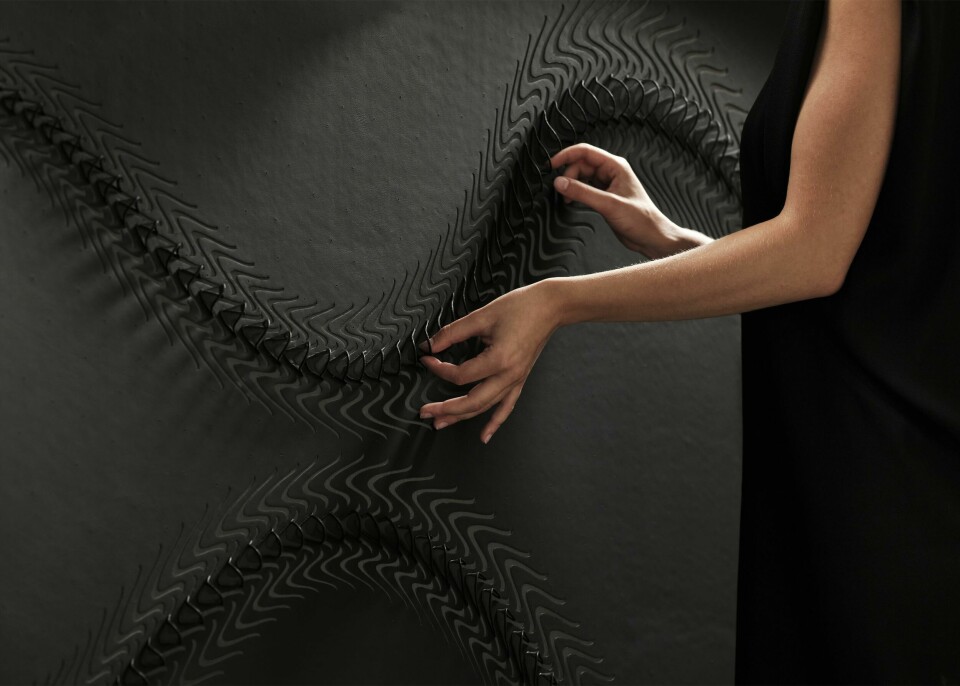
The process also taught van Herpen a few things. “The stress tests at Rolls-Royce are very different to those we do at our atelier,” she tells Interior Motives with a wry smile. “That was a completely new element and way of looking at durability for me. And in different weather conditions, like in a desert, going from 40 degrees centigrade in the day, to minus-10 degrees at night. A car must be able to handle those extremes.”
Inspired by the ‘great outdoors’, but re-contextualising the more city-focused Maybach brand as an off-roader with a whiff of ’70s swagger, the two-seater, electric off-road coupé sports a swooping roofline, wildly-exaggerated Gran Turismo proportions…and a superb, virtually all-beige interior.
Another convincing fashion x car design collaboration within the last three years has been between Mercedes and Virgil Abloh, the African-American founder of the Off-White fashion brand, sometime Kanye West collaborator and former artistic director of Louis Vuitton, who used street fashion inspirations to radically alter the revered French luggage-turned-fashion label’s previously fairly old-school offering.
Working on a modded G-Wagen with Gorden Wagener, Mercedes’ chief design officer, the 2020 Project Geländewagen similarly “explored ways of disrupting future perceptions of luxury,” according to Mercedes’s PR. Slammed, stripped and with beefed-up side and bumper skirts, the car’s exterior wasn’t even one colour or finish, with patches of the car’s paint sanded back to the metal, to be “luxurious in a deconstructed way” said Abloh at the time.
Released in September 2020 in-between COVID 19 global lockdowns, it arguably led to a greater collaboration: the 2021 Project Maybach show car. By pandemic-related necessity, this design required a mainly remote-working relationship, and was released with permission of Abloh’s estate in December 2021, just days after his premature death, aged just 41 from cancer. Hardly seen by the wider public in the flesh, due to on-going COVID travel restrictions, what’s great about viewing the car up close – as Interior Motives was able to do in 2022 – is that the car eschews so many of car design’s usual conceptual approaches.
Even in pictures, it’s pretty clear that it gained influence from someone from outside the industry. Mercedes’ Wagener recalls his brief working relationship with Abloh with fondness. “When you meet somebody, you normally know if you are going to get along, despite all the creative friction we also had of course, when two strong characters come together. But we always respected and liked each other. And it broadened both our horizons.”
It’s the merging of ‘sport luxury’, what Virgil Abloh did with Louis Vuitton and it’s interesting to see that coming through in all the other brands now. He led it. His passing was a tragedy, but what he’s left is an exceptional legacy in luxury design.”
Inspired by the ‘great outdoors’, but re-contextualising the more city-focused Maybach brand as an off-roader with a whiff of ’70s swagger, the two-seater, electric off-road coupé sports a swooping roofline, wildly-exaggerated Gran Turismo proportions, large off-road tyres – but with small wheels – and a superb, virtually all-beige interior. Inside, distinctive details abound, like horizontally-ribbed, matt material-covered seats within shiny seatback shells, robust and removable built-in storage boxes and even humorous touches – not usually a Mercedes trait – including a very solid-looking Maybach-branded axe, stored behind a ‘break in emergency’ pane of glass.
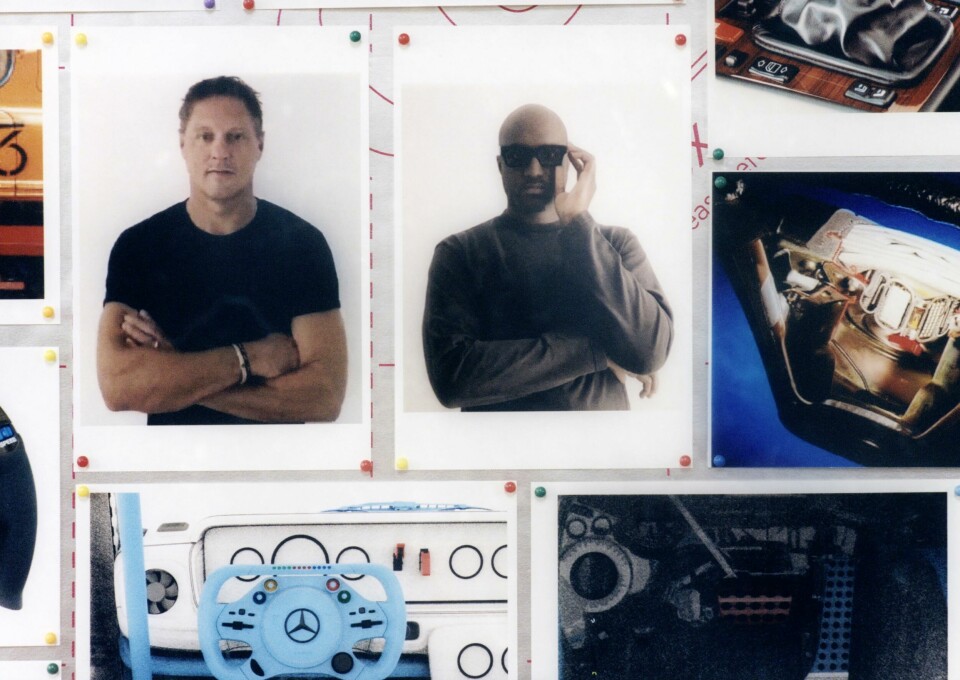
“He definitely learned a bit more about car design, because it’s an entirely different thing than fashion, although he has a technical background,” Wagener says of Abloh, who studied civil engineering and architecture at university. But what did Wagener gain from the experience in return? “I learned from him to always push for the extraordinary,” Wagener says.
“If you look at the interior of the Maybach concept, it’s all atonal, one colour. That was a different approach. And I don’t mind retro when you reinterpret it, then it’s new. That’s what Virgil did with trainers too. People would pay £15,000 or so for them in some cases. The other thing he really understood was scarcity. The capsule clothing collection for the Project Maybach sold out in 15 minutes at €800 each. Half an hour later it was on the internet [for even more].”
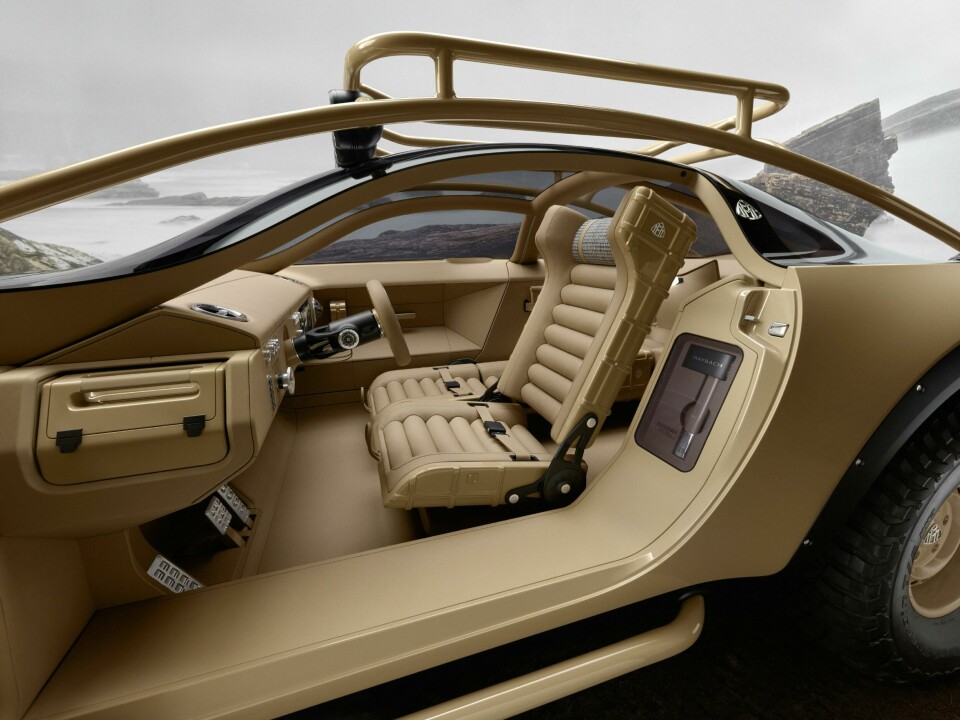
Abloh’s influence extended beyond Mercedes to other brands in the car industry too. Aston Martin creative director Leighanne Earley is a particularly vocal admirer, and not only of the Project Maybach car. “It was stunning, enviable, absolutely phenomenal,” she says. “But it’s also how he approached things from a retail design [point of view]. The luxury market has changed and its consumers have changed too. They’re not doing things the traditional way anymore.
It’s the merging of ‘sport luxury’, what Virgil Abloh did with Louis Vuitton and it’s interesting to see that coming through in all the other brands now. He led it. His passing was a tragedy, but what he’s left is an exceptional legacy in luxury design.”
What was impressive about the exercise is that Smith avoided simply applying new decorative touches for marketing benefit and Heilmer learned new ways of challenging his organisation to strive for more sustainable future materials on future production cars
More recently in early 2023 Mercedes unveiled a collaborative art piece called Project Mondo G with luxury ski and outdoor clothing brand Moncler. Part of its ‘Art of Genius’ London show, the event also featured credible brands and artists including Adidas Originals, Jay-Z and Pharrell Williams (just announced as creative director of Louis Vuitton and following in Abloh’s footsteps).
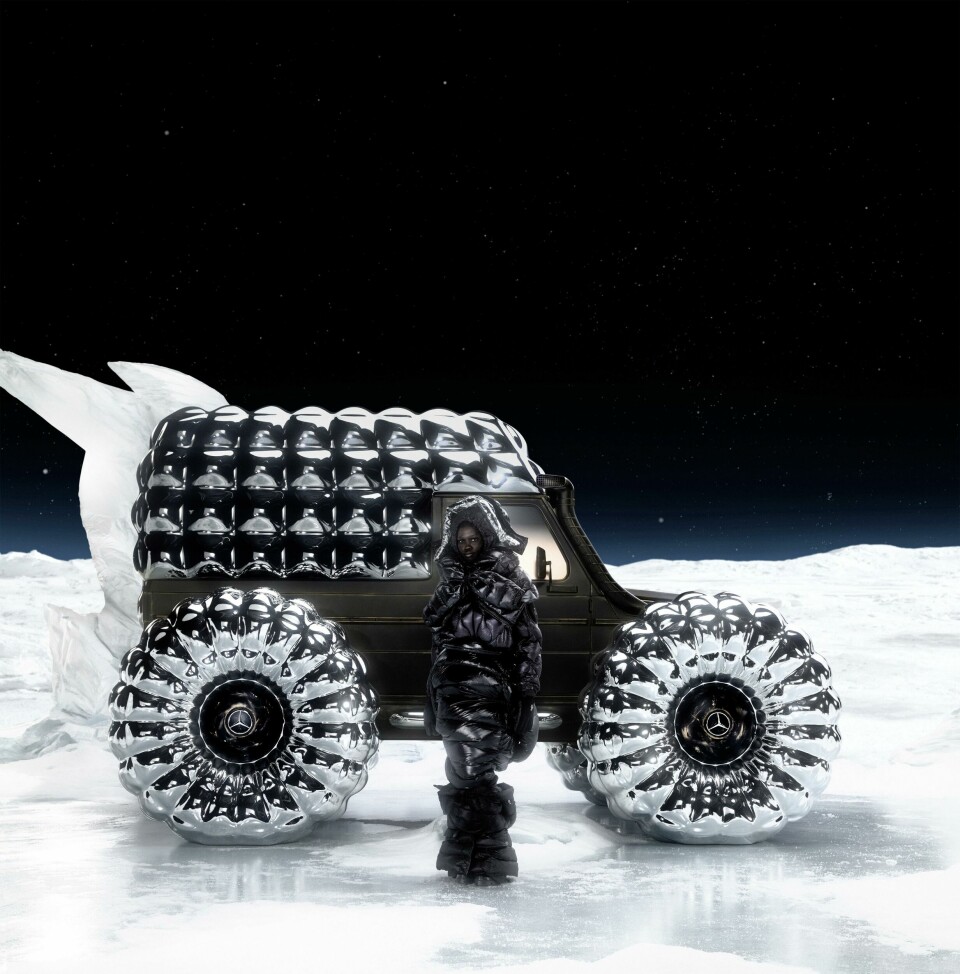
Reimagining Mercedes iconic G-Wagen 4x4 with sanded-down, battle-worn bodywork and four giant tyres and a roof clad in Moncler’s signature shiny puffer jacket ribs with a huge zipper at the back, the art piece was unveiled in a suitably space-age and snowy landscape set. The message was clear: both brands produce go-anywhere, but still luxury products.
A third fashion x car collaboration from the early 2020s which also brought in a strong and important emphasis on sustainability – a topic which both industries have rightly come under extreme scrutiny for failing to focus on enough previously – was the 2021 Mini Strip. Conceived by veteran British fashion designer Paul Smith and Mini’s head of design Oliver Heilmer, the concept did not involve creating a new exterior body shape. The starting point was a three-door Mini Electric model, stripped-back to a shell and re-clad with sustainable materials – from dark cork to climbing rope – using unusual colour combinations rarely seen from in-house car designers.
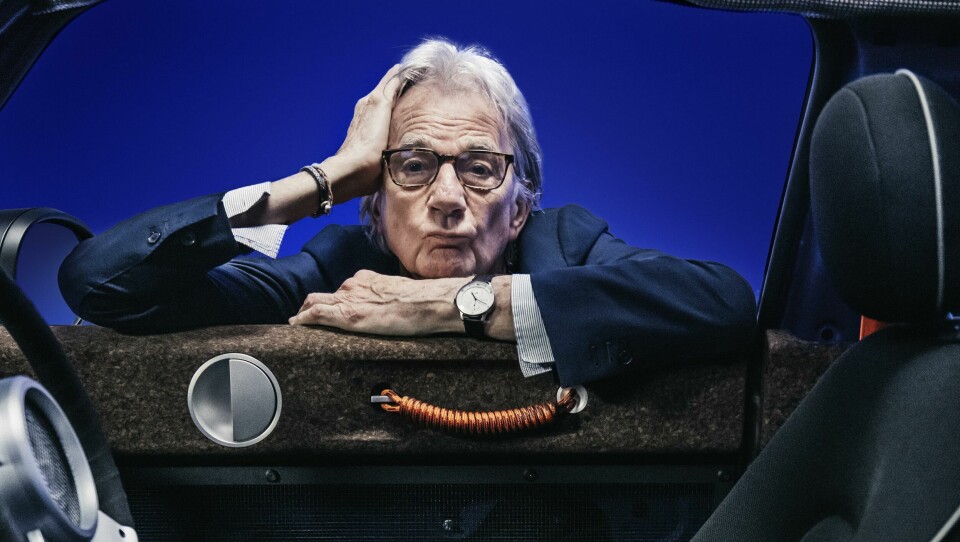
Started in 2020, Heilmer and Smith did initially meet, but as COVID restrictions got tougher, the teams were not able to meet so readily and relied instead on numerous FedEx packages of samples and video conference calls to progress the car’s development. But what was impressive about the exercise is that Smith avoided simply applying new decorative touches for marketing benefit and Heilmer learned new ways of challenging his organisation to strive for more sustainable future materials on future production cars.
There are many more non-auto and non-fashion items on Mettang’s Rolls-Royce mood board, “from interior design objects, modern architecture, private jets, images of outer space, tropical butterflies, cryptology codes or DNA strands”
“More extravagant designers might come up with something they haven’t thought all the way through,” says Smith, “but we have our own architects, product, furniture and textile designers, so we’ve dealt with all of these things and know their strengths and weaknesses. If you take an open-weave material it can only be made into a jacket – you can’t make it into trousers as it will rip in the backside within two minutes – so there’s loads of stuff that we know in advance. We’re very practical.”
Heilmer notes Smith’s design vision and business savvy too. “It’s always a question of time and budget, but you need to keep that naïvety,” he says. “This is something I really appreciated from Paul. He is so experienced in the industrial and fashion design business and is still asking the important questions. Those ‘what if?’ questions will remain and by asking them of our engineers – we involved more than 50 in the Strip project alone – to prove each material in this car really is recycled, took a lot of effort.
Even if someone tells you ten times that these things didn’t work in the past, sometimes the premise behind those decisions changes. And what has definitely changed now is that when we discuss any new material, we ask one simple question: Is it recycled or recyclable? If it’s not, that material doesn’t play a role anymore.”
Of course there are limits to the synergies between the two industries – their respective product cycle differences being an obvious one. If fashion traditionally might think three years in advance on colours, for those in the car industry it might be double that, so car designers tend to play safer, using more timeless shades and material types. But with both industries’ pressing need to be more sustainable, especially compared to how they acted all too often before, the development of ephemeral products made via environmentally-damaging processes are rightly being questioned more than ever.
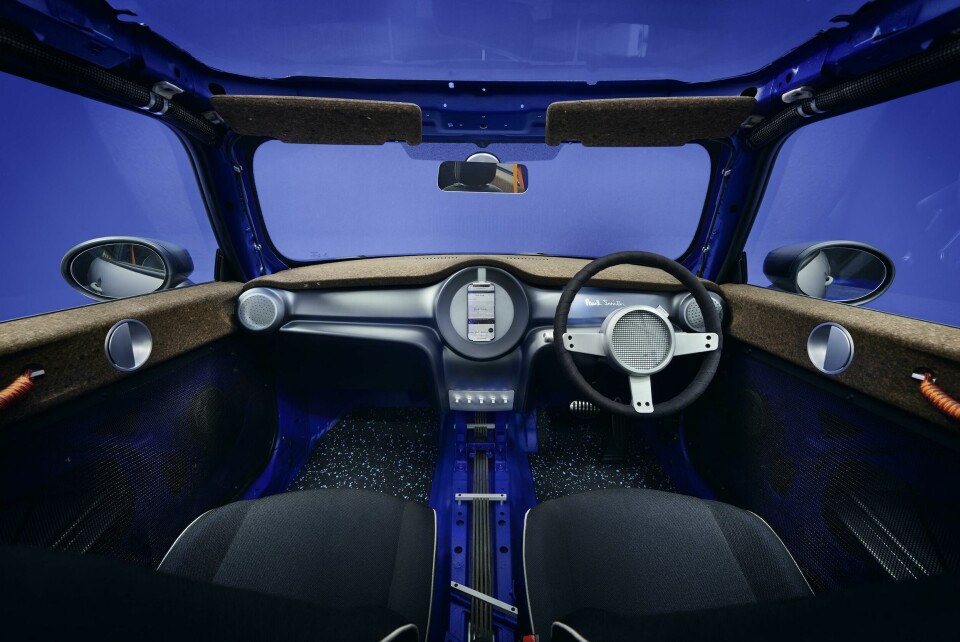
Ultimately, fashion is just one influence on car design, if an important one. There are many more non-auto and non-fashion items on Mettang’s Rolls-Royce mood board, “from interior design objects, modern architecture, private jets, images of outer space, tropical butterflies, cryptology codes or DNA strands,” she says. “Bespoke begins with inspiring events and narratives that are then translated into form, colours, materials and finishes.
Our inspiration also references history, written classics, arts, technology or natural science.” As you might expect, van Herpen looks further afield than fashion too. “My way of thinking is definitely inter-disciplinary,” she says. “Architecture, design, science and nature are all part of my process. I’ve worked on architecture projects before, so doing a car felt very natural.”

























